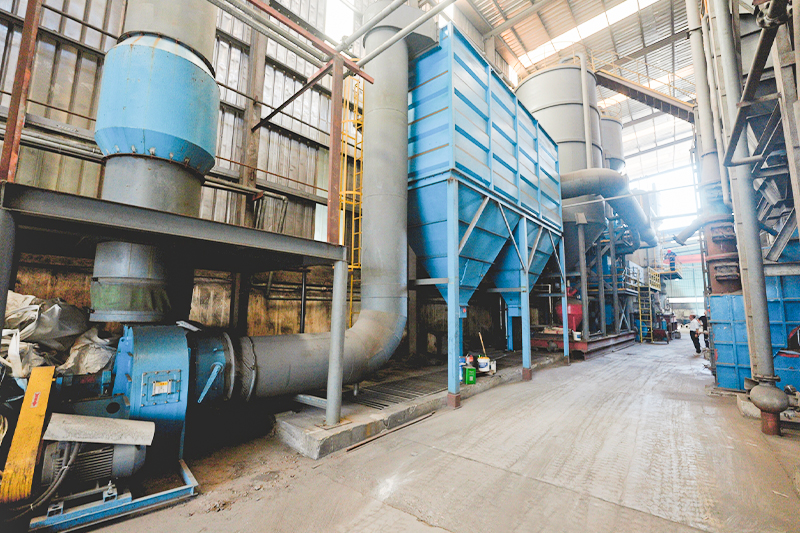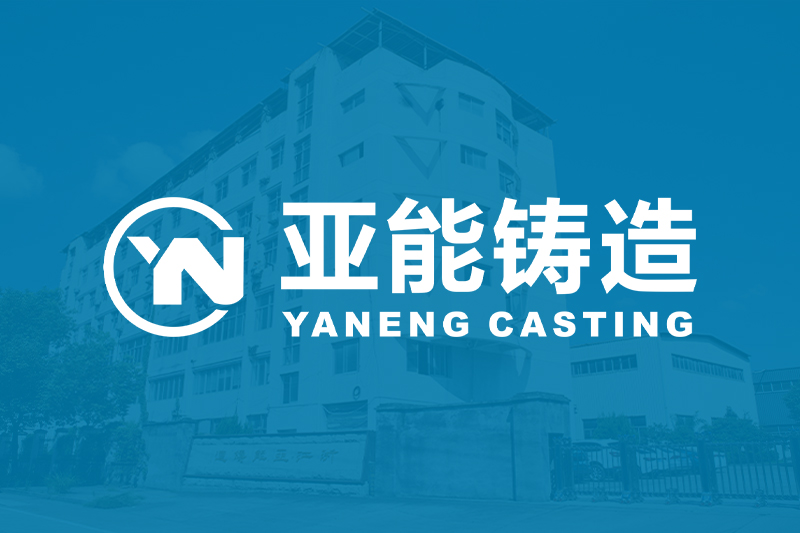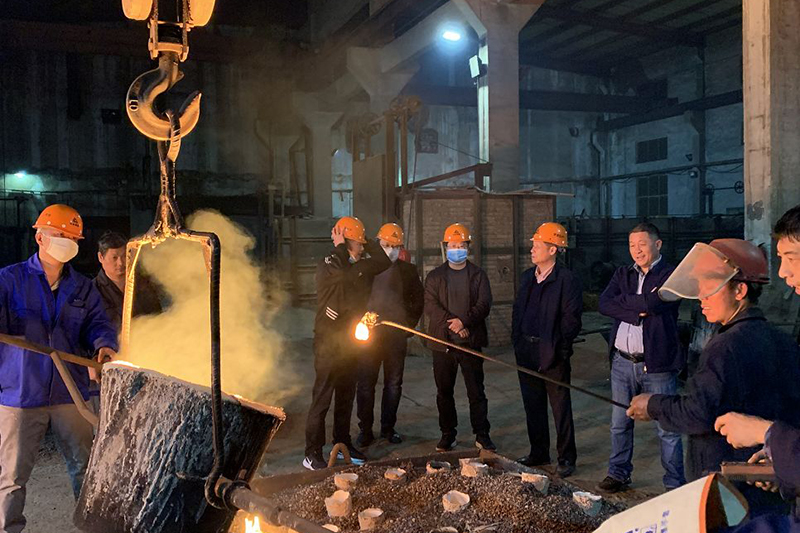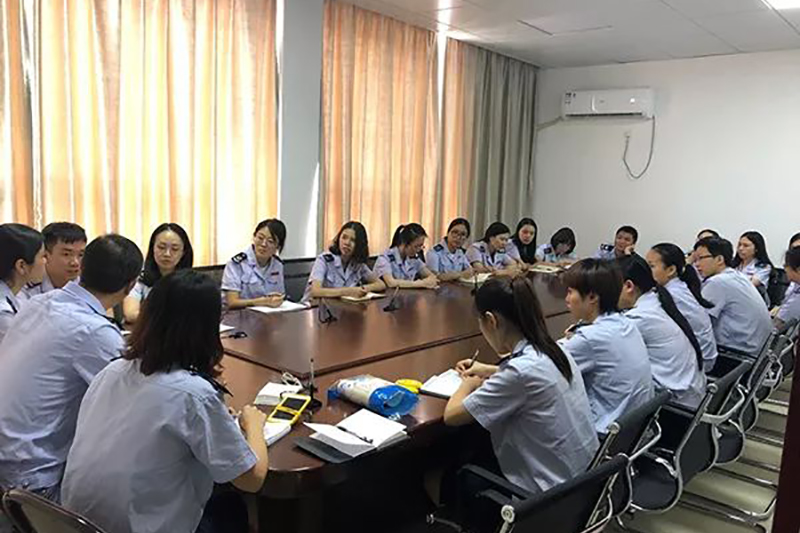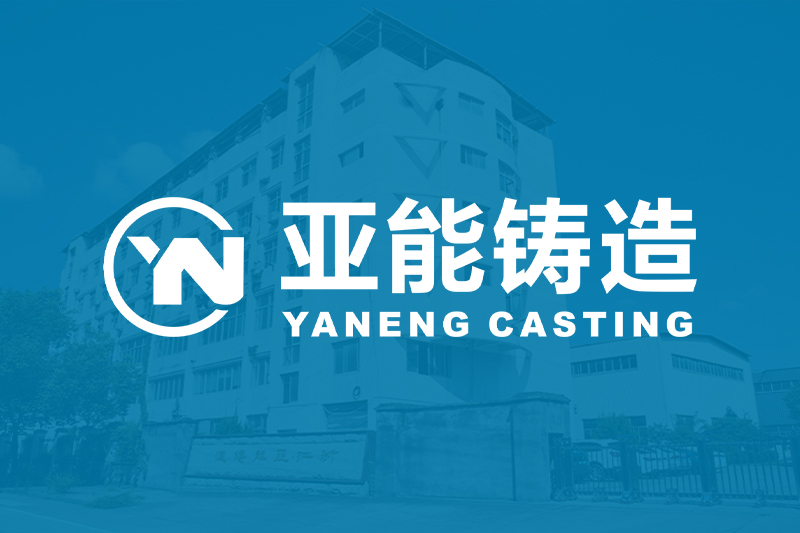Types and uses of high alloy steel
High alloy steel refers to alloy steel with more than 10% alloying elements in the steel. Its brand name is prefixed with the letter X, followed by a number representing the average carbon content (in tens of thousands) and alloy element symbols (arranged by content), and finally the average percentage value indicating the content of each major alloy element (rounded to an integer).
Types and uses
There are many types of alloy steel, usually divided into low alloy steel (content<5%), medium alloy steel (content 5%~10%), and high alloy steel (content>10%) according to the content of alloy elements;
Divided by quality into high-quality alloy steel and special alloy steel; According to their characteristics and uses, they are further divided into alloy structural steel, stainless steel, acid resistant steel, wear-resistant steel, heat-resistant steel, alloy tool steel, rolling bearing steel, alloy spring steel, and special performance steel (such as soft magnetic steel, permanent magnetic steel, non-magnetic steel).
microstructure and properties
1. The nickel and molybdenum content has a certain influence on the microstructure transformation of low-carbon high alloy steel used for lining plates. When the low carbon high alloy steel contains 1.0% Ni and 0.7% Mo, the microstructure of the annealed and quenched tempered state is Flat noodles martensite; When 1.0% Ni, 0.5% Mo and 0.8% Ni, 0.5% Mo are contained, the annealing structure is a mechanical mixture of ferrite and alloy carbide Cr7C3, Mo2C, and the quenching and tempering structure is mainly Flat noodles martensite.
2. With the decrease of nickel and molybdenum content, the microstructure of low-carbon high alloy steel in the annealed state has changed, resulting in a decrease in hardness and an improvement in impact toughness; After quenching and tempering, the microstructure is Flat noodles martensite, and the hardness is maintained at about 50HRC; The corrosion resistance has slightly decreased, but it is still in one level, that is, the 7th level is still corrosion-resistant. When other components remain unchanged and the molybdenum content decreases to 0.5%, the impact toughness of the sample increases.
3. Low carbon high alloy steel containing 0.8% Ni and 0.5% Mo meets the requirements for lining plate use, which is more economical from a cost perspective.
